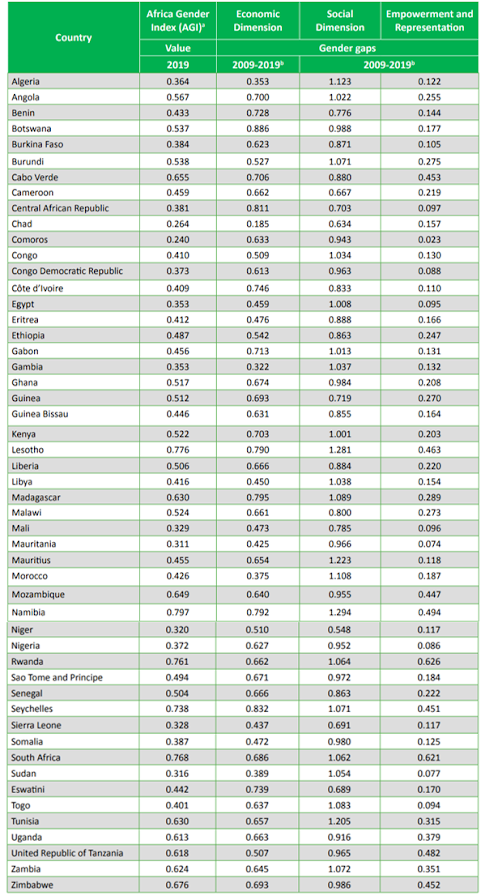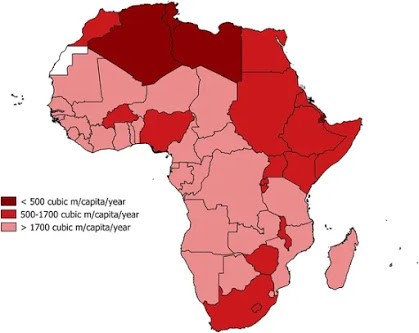Concluding note
Writing this blog has been an interesting experience and looking back I can confidently say that I have developed my understanding, and hopefully so have you, of the complex interlinkages between gender and development in Africa. I would like to conclude with a few points that have emerged from this blog. Through my blogs it is apparent for development to be effective the inclusion of women and men in the process is essential. While the focus is on empowering women it must be noted that this is unachievable without the inclusion of men in contributing to progress and actively being involved to break down barriers. Secondly, the importance of recognising the historical roles women have played in development narratives needs to be amplified. This can help drive the way in which development should be carried out in local contexts as women often have much more intimate historical understandings of the locality. The portrayal of women as constantly vulnerable and weak c...






